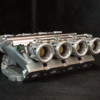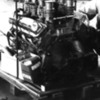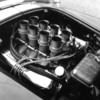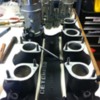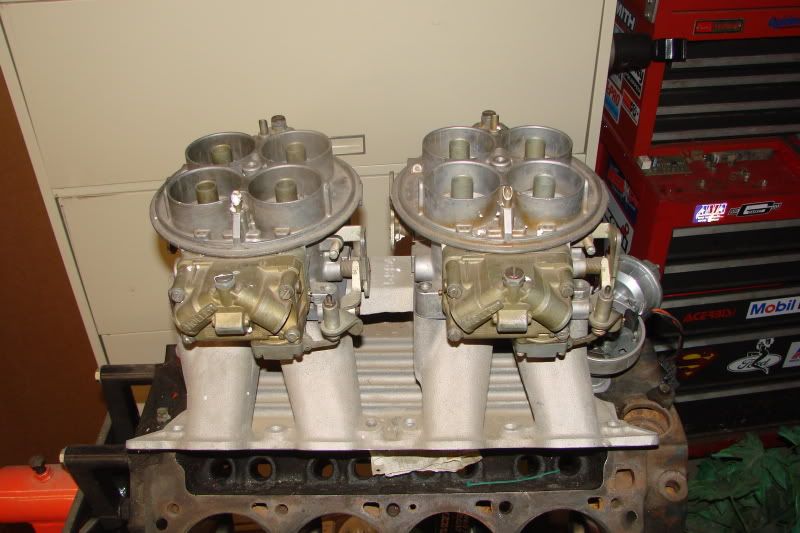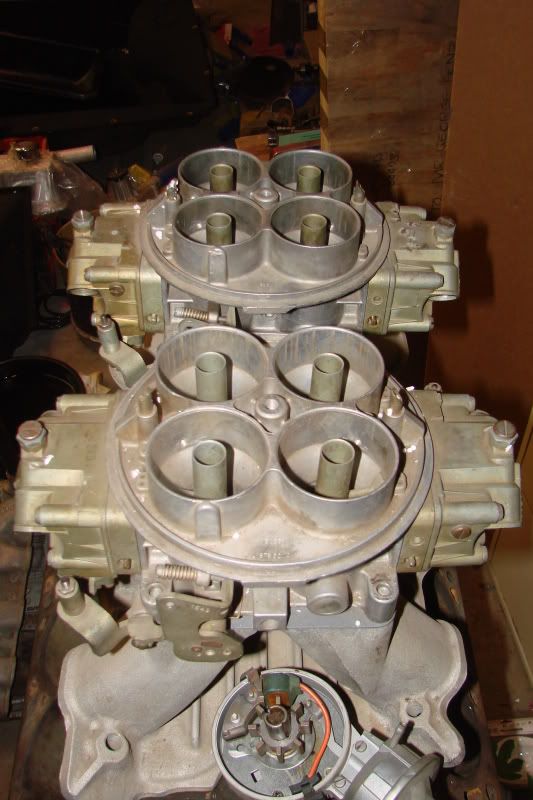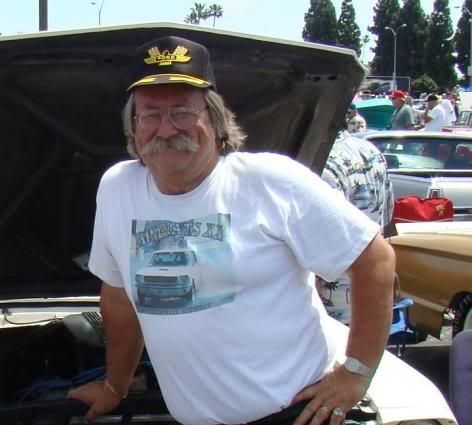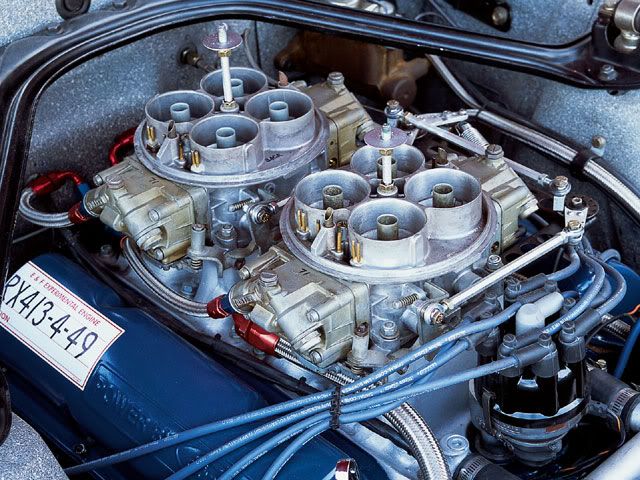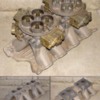Firstly thanks for BossWrench and PanteraDoug for some initial advice and guidance leading up to this post. Also thanks to all you fantastically knowledgeable forum members who have shared their knowledge and expertise in all the posts that I have been studying for months now, in particular George P.
I am looking to take a Pantera back to a bare body shell and restore it, whilst upgrading the engine. Whilst I haven’t found the right car yet there is a lot to learn, understand and decide on – particularly on how best to rebuild the 351 Cleveland given that this is my first foray into V8s.
I am looking to build an engine that will:
1) Be used predominantly on the street, but things like a lumpy idle etc. aren’t an issue.
2) Achieve 500-550hp at the crank (roughly 400-450hp at the wheels).
3) Have a rev limit of about 7000rpm for occasional short bursts, typically operating in the 3500 – 6000rpm range.
I intend to do the engine build myself, apart from the machining which I will get done by the UK-based engineering company that build my Ford Cosworth racing engines. Hence I don’t have an experienced 351 Cleveland engine builder to help specify and select components for me – and obviously this is where I would like to get your input and advice.
Whilst I haven’t got money to waste, I intend to incorporate high quality components and produce a quality engine. However, this is to be an on-going project, as I enjoy working on and optimising engines and cars and I am looking forward to working on the optimizing the various systems over time (e.g. carbs, level of silencing, etc.).
There are a number of aspects of the specifications that are fixed by pure personal preference, and I would like the engine to:
1) Retain a standard throw crank (as opposed to building a stroker) as I want the engine to rev.
2) Use Weber IDA carburettors and open trumpets (with rear deck notched).
3) Have a 180 degree header exhaust system (exiting through the rear AC grill).
I would like to keep the thread going, from defining the engine specifications and selecting the various components, through to the actual machining and build-up, right through to the engine installation and dyno-ing - to see whether we as a group have succeeded in achieving the target goals!
Hopefully this thread will also help others thinking about similar projects - just like threads started by others have been so helpful to me!!! With a bit of luck the thread will possibly consolidate some of the latest forum thinking on building a 500-550hp 351 Cleveland.
Before I get into the details, I would like to thank in advance everyone for their help and advice.
Thanks!!!
Original Post


